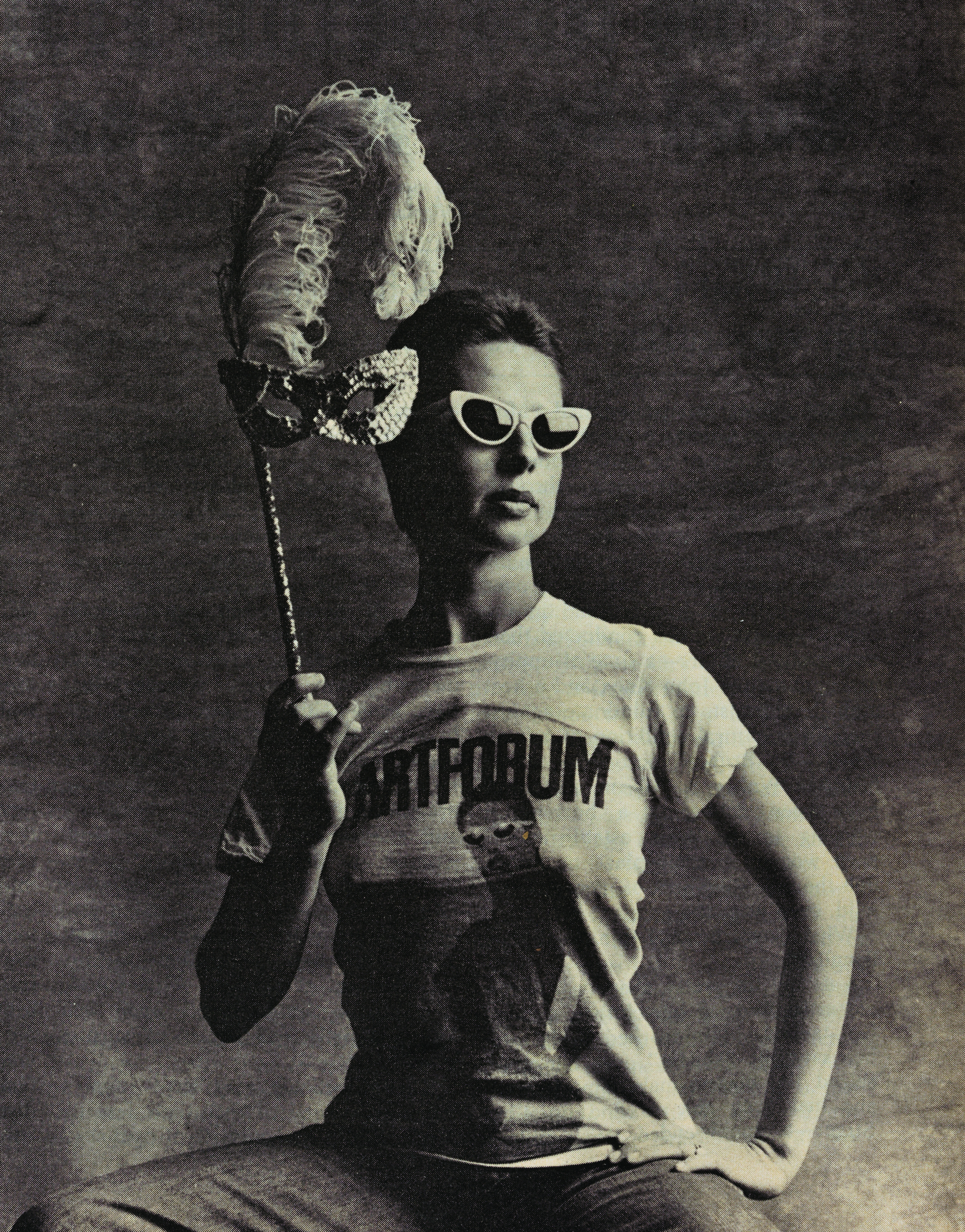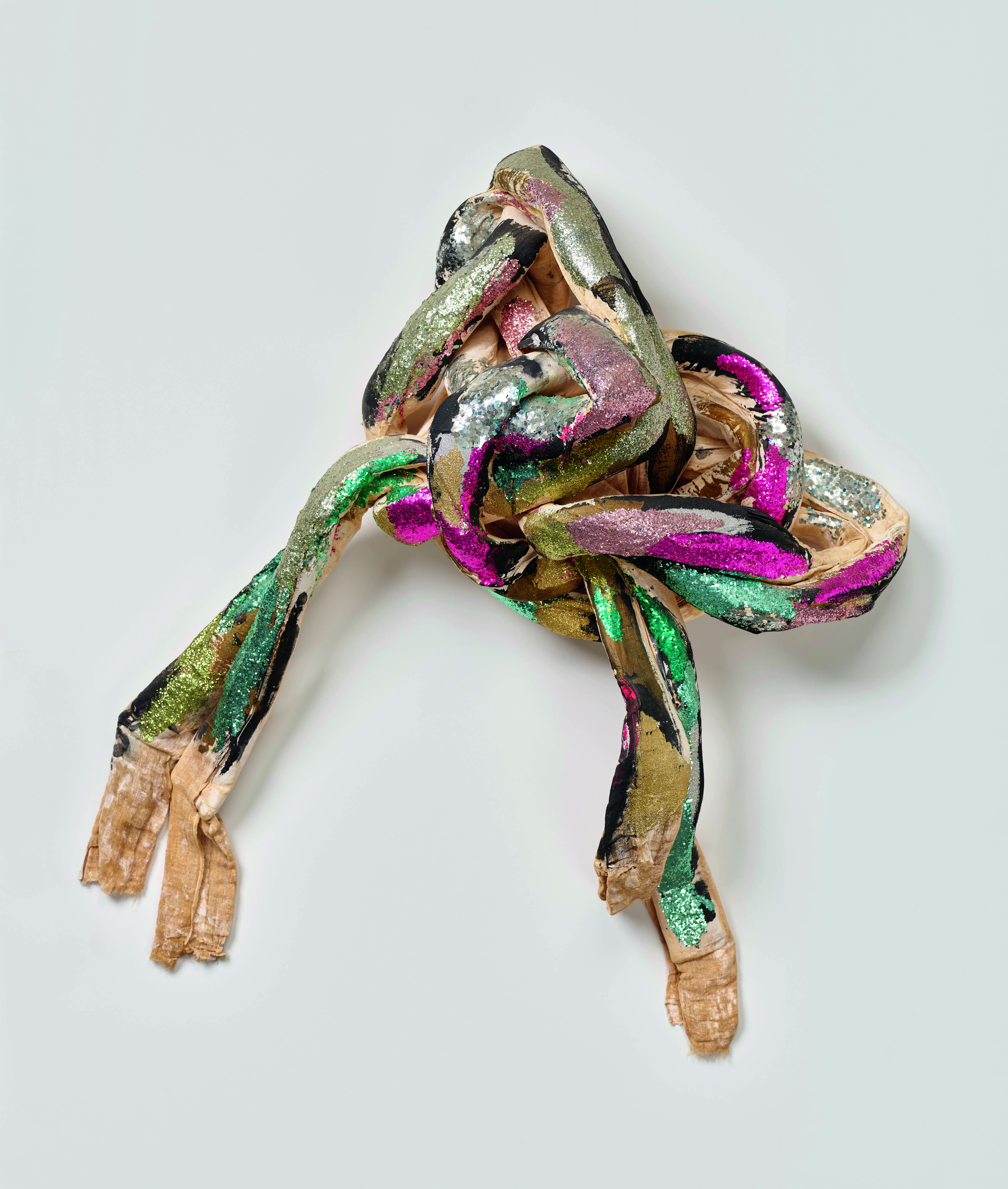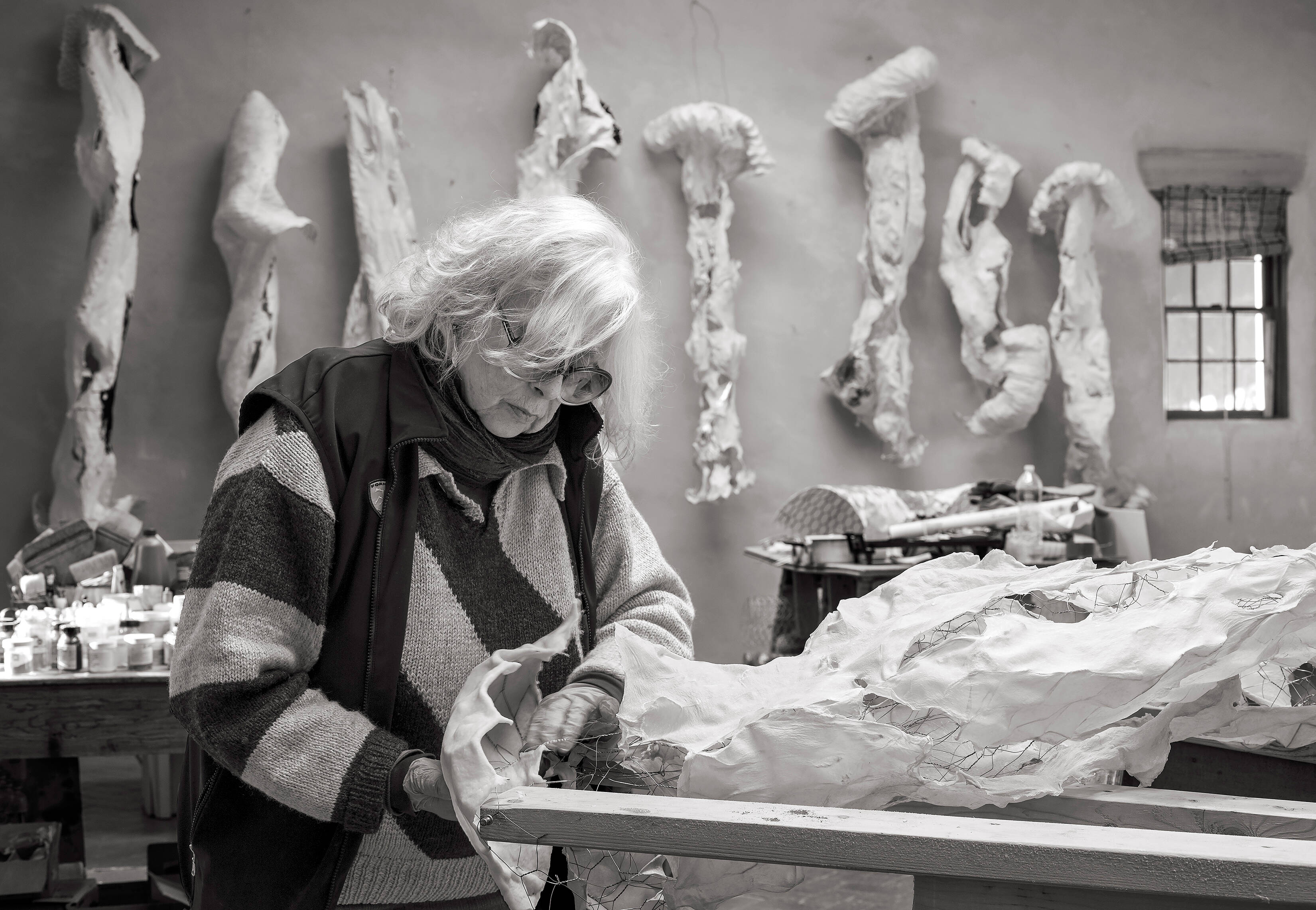
The story behind Lynda Benglis’s most shocking image
First published almost half-a-century ago, Benglis’s 1974 photograph for Artforum magazine remains a startlingly frank assertion of sexual freedom
Lynda Benglis is one of America’s finest sculptors. Rising to prominence around the beginning of the second half of the 20th century, she’s part of the same cohort as Frank Stella, Donald Judd and Richard Serra. Her works are held in the permanent collections of the Tate, MoMA and the Guggenheim, among many other institutions, yet she isn’t given quite the same level of respect as her male peers.
This gender split wasn’t so apparent in Benglis’s early life. The artist was born and raised in Louisiana, in a fairly rural area where, as she says in her new Contemporary Artist Series monograph, “there really wasn’t a big distinction between how boys and girls spent their time. I was playing with guns and horses as much as I was making corn dollies,” she goes on.
Some wider influences found their way into the Benglis home. A TV arrived in the early 1950s, and Lynda recalls the house being filled with her mother’s magazines, “I used to spend hours looking through them, cutting out images.”
Benglis’s early experiences and later challenges fed into a series of photo works that the artist called her ‘sexual mockeries'. “The ‘sexual mockeries’ were my way of thinking about gender and role-play,” she explains in our new book. “I could be a pin-up and a playboy – or a ‘macharina’ as I called it. I could be whatever I wanted. My sister is gay and I was thinking a lot about sexuality and desire and the expectations that society has of us to fit into a specific role. Originally, I’d thought about staging other people. I asked (fellow artist) Ray Johnson to pose for me, but then I realised the series would be much stronger if I played all the characters.”

*Lynda Benglis, Zita, 1972. Aluminium wire mesh, cotton bunting, plaster, paint, sparkles, 112 x 38 x 28 cm. 2022 Lynda Benglis / Licensed by VAGA at Artists Rights Society (ARS), NY. Picture credit: RISD Museum, Providence, RI *
Not every work in the series is explicit. The first one, which appeared on an announcement for the artist’s 1973 exhibition of her ‘sparkle knots’ sculptures, shows Benglis aged 10 dressed in a Greek Evzone uniform – the traditional garb of the Greek light infantry. In further photographs, she swaggers, all macho beside a car; in a further image she mimics a pin-up pose popularised by Betty Grable.
Yet the most famous image, created for a 1974 Artforum advertisement, combines male and female sexual features in the most direct manner. In this image, the artist appears naked, greased up, wearing white cat-eye sunglasses. And holding a two-way dildo between her legs.
The image, which ran across two pages in the November 1974 edition of Artforum, divided both the artistic and feminist communities. Some of the magazine’s own editors viewed the image as exploitative, while others felt it was a backwards step, away from gender equality.

Lynda Benglis in her New Mexico Studio, 2015. Photo credit: Paul O'Connor
Nearly five decades on from its publication, Benglis still stands by the shot. "I thought about it for a long time," she tells the curator Andrew Bonacina in our new book. “As it was a culmination of that series of images, I knew that it needed to be strong. Because it was for a magazine, I’d had the idea of playing with the idea of the centrefold, to mock the idea of the pin-up. I was still thinking about gender stereotypes and I just wanted to make an image that can never be one thing: not one gender, not one form of sexuality or desire. I think physically we all feel the same – we have the same emotional expressions – but we have aspects of ourselves that are more female or more male, and I have both.”
The image, which appears in our book and on the artist’s own t-shirt in a later sexual mockeries image (reproduced above) remains shocking today. We can't publish it here, and in a recent NY Times profile, the work was referenced, but not featured in the paper, as its guidelines prevented the Times from publishing it.
The artist herself feels no such compunction to censor. For her "it was a statement of freedom," she says. "It was just a revelation of unashamedly expressing myself. That’s it. As much as it angered a lot of people, I had so many women tell me ‘This is how I feel’, and hearing that, I understood that the image worked. So it goes beyond feminist politics. It’s really just an image of how we all feel."

Lynda Benglis
To see that picture and to properly understand its context, buy a copy of our Benglis Contemporary Artist Series monograph here.